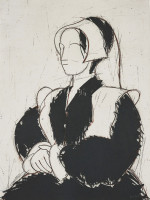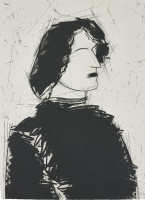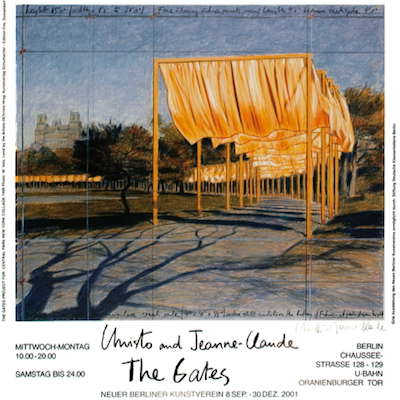
Details
Artist
Styles
Fine etching and collage, hand signed and numbered by the artist. // Still Life VI by Manolo Valdés, crafted in 1986, is a limited edition etching and collage that plays with familiar imagery in an abstract composition. The piece combines layered elements, including the fragmented letters BASS and the back of a playing card, prominently displaying its intricate blue design. These elements are arranged on a textured background with sketch-like lines that add depth and dimension. Valdés uses a mix of linear forms and recognizable symbols, creating a dialogue between the structured and the ephemeral. This work reflects his style of blending high and low cultural references, inviting viewers to contemplate the relationship between art and everyday objects.
Still Life VI, 1986
form
Medium
Size
32 x 23.5 cm
- Inches
- Centimeters
Edition
Price
- USD
- EUR
- GBP
Details
Artist
Styles
Fine etching and collage, hand signed and numbered by the artist. // Still Life VI by Manolo Valdés, crafted in 1986, is a limited edition etching and collage that plays with familiar imagery in an abstract composition. The piece combines layered elements, including the fragmented letters BASS and the back of a playing card, prominently displaying its intricate blue design. These elements are arranged on a textured background with sketch-like lines that add depth and dimension. Valdés uses a mix of linear forms and recognizable symbols, creating a dialogue between the structured and the ephemeral. This work reflects his style of blending high and low cultural references, inviting viewers to contemplate the relationship between art and everyday objects.
- Recently Added
- Price (low-high )
- Price (high-low )
- Year (low-high )
- Year (high-low )
Manolo Valdés
Dama Con Sombrero (Pamela I), 2013
Limited Edition Print
Collage
Currently Not Available
Manolo Valdés
Botticelli Como Pretexto III, 1996
Limited Edition Print
Mixed Media
Currently Not Available
What is site specific art?
Site-Specific Art is a form of artwork created to exist in a particular location, with the artist considering the site as an integral part of the creative process. Robert Irwin was a key figure in promoting this art form in California. Site-Specific Art emerged as a reaction against modernist objects, which were often portable, commodified, and confined to museum spaces. In contrast, Site-Specific Art is inherently tied to its location, challenging the traditional notions of art as a transportable and marketable commodity.

































